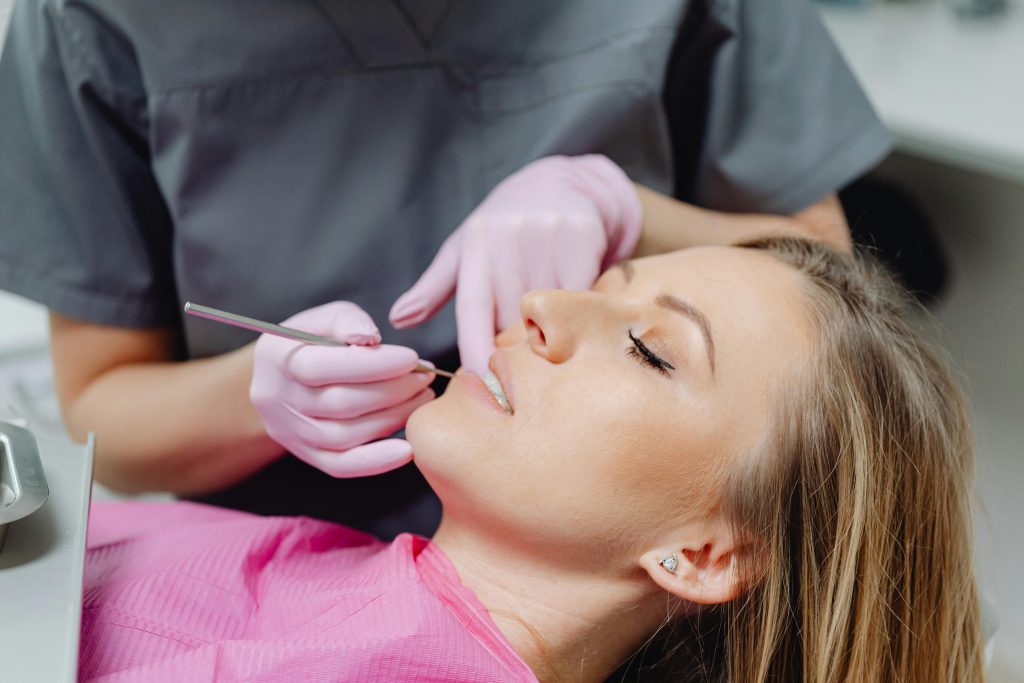Maintaining a shining smile is as much about regular dental check-ups as it is about personal oral hygiene practices. However, the cleanliness of the dental clinic where you receive your care is equally crucial. A pristine, well-maintained clinic not only ensures the health and safety of patients but also reflects the quality of care provided, according to http://www.temeculafacialoralsurgery.com website. This guide delves into the essentials of dental clinic cleanliness, from routine cleanings to the high standards of sterilization that protect both patients and healthcare providers.
The Cornerstone of Dental Health: Clinic Hygiene
A dental clinic’s hygiene practices are a fundamental aspect of patient care. These standards are meticulously designed to prevent the spread of infections, ensuring that every patient leaves with their health intact and their smile brighter.
The Protocol of Cleanliness
Dental clinics adhere to strict infection control protocols that align with health and safety regulations. This includes the use of medical-grade disinfectants to clean surfaces, tools, and equipment. Every instrument that enters a patient’s mouth is either disposable or sterilized using advanced methods such as autoclaving, which uses high-pressure saturated steam to eliminate all forms of microbial life.
Fun Fact: Did you know?
The concept of sterilizing medical instruments was pioneered in the 19th century by Louis Pasteur, a French biologist renowned for his breakthroughs in the causes and prevention of diseases.
A Spotless Setting for Every Smile
The cleanliness of a dental clinic extends beyond the treatment rooms. Waiting areas, reception desks, and even the restrooms are kept immaculate to provide a comfortable and safe environment for patients. Regular cleaning schedules ensure that these spaces remain welcoming and germ-free, reflecting the clinic’s commitment to excellence in all aspects of patient care.
Beyond the Surface: Deep Cleaning and Sterilization
Deep cleaning and sterilization processes are at the heart of a dental clinic’s infection control practices, as highlighted on the https://www.adrianacleaning.com site. These procedures are critical for preventing cross-contamination and ensuring that every patient receives care in a safe, sterile environment.
The Science of Sterilization
Sterilization methods in dental clinics are governed by rigorous standards. Autoclaves, for example, are tested regularly to guarantee their effectiveness. Indicator strips, biological indicators, and record keeping are part of a comprehensive system that ensures each sterilization cycle is successful, offering peace of mind to both patients and healthcare providers.
The Role of Disposable Instruments
In addition to sterilizing reusable tools, many dental clinics use disposable instruments whenever possible. Items like gloves, masks, and needles are used once and then discarded, eliminating the risk of cross-contamination. This practice, combined with stringent sterilization protocols for non-disposable items, ensures the highest level of hygiene and patient safety.
Fun Fact: Did you know?
The first disposable latex medical gloves were developed in 1894 by William Stewart Halsted, the first chief of surgery at Johns Hopkins Hospital, to protect his nurse’s hands from harsh disinfectants.
A Team Effort: Staff Training and Patient Education
Maintaining a clean and safe dental clinic is a collective effort that involves not only rigorous cleaning protocols but also comprehensive staff training and patient education. Partner with cleaning companies such as custom cleaning of the palm beaches of juno beach, fl, to ensure your clinic receives the most meticulous cleaning possible.
Staff Training: The Backbone of Clinic Cleanliness
Dental clinic staff, from dentists to receptionists, undergo regular training on the latest infection control practices. This ensures that every member of the team is equipped to maintain the highest standards of cleanliness, whether by properly sterilizing instruments or ensuring that the waiting area remains spotless.
Educating Patients: A Shared Responsibility
Patient education is also a vital component of a dental clinic’s hygiene practices. Informing patients about the importance of oral hygiene, the safety measures taken by the clinic, and what they can do to minimize the risk of infection fosters a culture of health and safety. It empowers patients to be active participants in maintaining their dental health, both in and out of the clinic.
A dental clinic’s commitment to cleanliness is a reflection of its dedication to patient care and health. Through rigorous cleaning protocols, advanced sterilization methods, and a collective effort from both staff and patients, dental clinics can provide a safe, comfortable environment for everyone. Remember, a bright smile is not just the result of expert dental care but also the peace of mind that comes from knowing you’re in good, clean hands.

